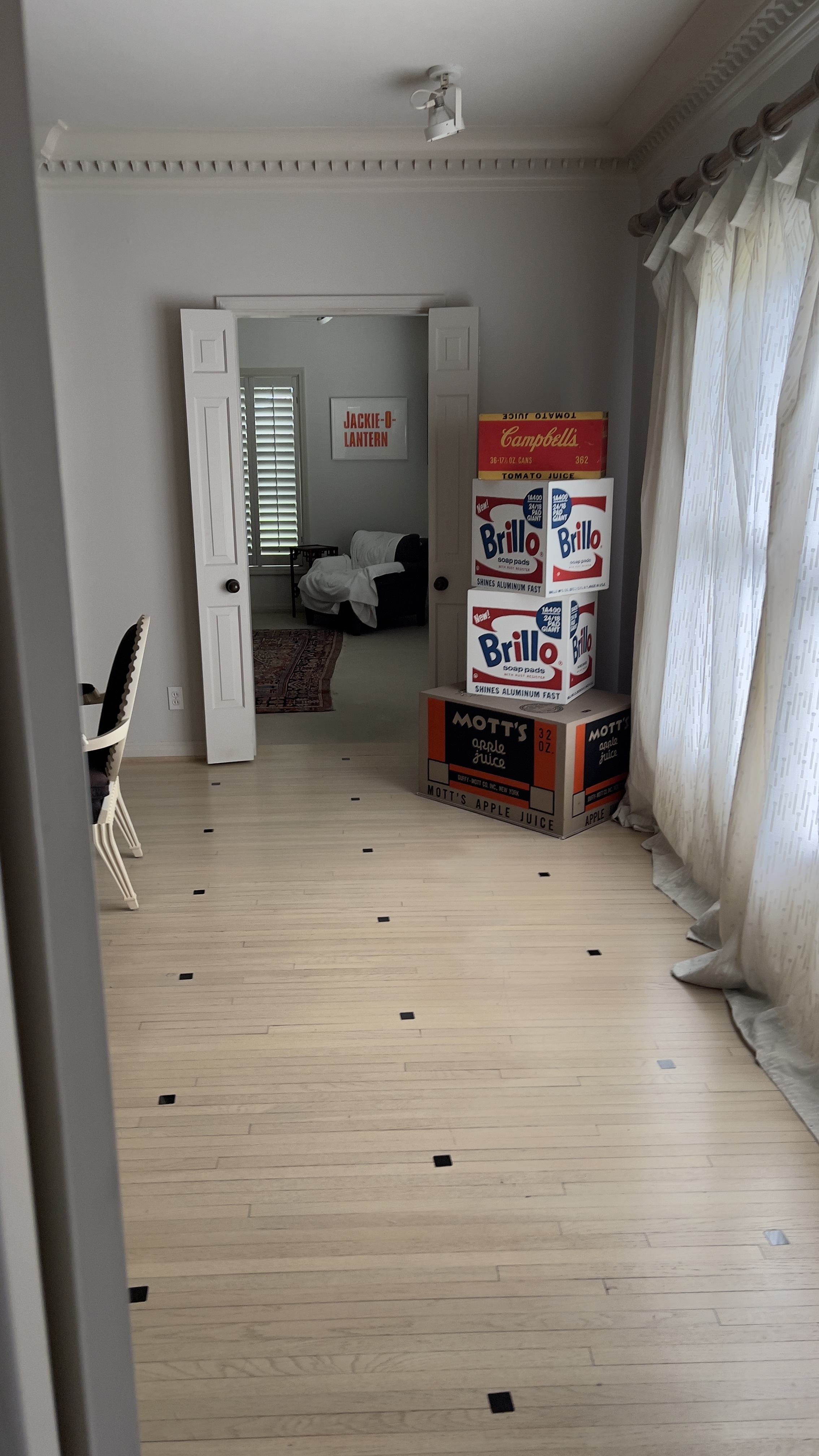this post was submitted on 17 Nov 2023
169 points (100.0% liked)
chat
8193 readers
638 users here now
Chat is a text only community for casual conversation, please keep shitposting to the absolute minimum. This is intended to be a separate space from c/chapotraphouse or the daily megathread. Chat does this by being a long-form community where topics will remain from day to day unlike the megathread, and it is distinct from c/chapotraphouse in that we ask you to engage in this community in a genuine way. Please keep shitposting, bits, and irony to a minimum.
As with all communities posts need to abide by the code of conduct, additionally moderators will remove any posts or comments deemed to be inappropriate.
Thank you and happy chatting!
founded 3 years ago
MODERATORS
you are viewing a single comment's thread
view the rest of the comments
view the rest of the comments

Which makes this even funnier. Seriously, I know some art people that would buy OP's photo. There's some pretentious ass irony here.
It's not ironic if that was the artist's intended use (as you seem to claim). Perhaps it is metaphorical, but seeing as you think Warhol would find this amusing, and based on what other people have been saying, being placed randomly in a rich person's house is the intended use, so it cannot be ironic.
What would be ironic is the Warhol, being made to be sold to rich people, being used to sell cheap cans of soup, then placed in a landfill. Because then it is fulfilling something other than it's original intention, and that's irony.
It's like how Warhol's use of the Campbell's soup logo is ironic because it was made to sell soup, but the art piece itself is not, because it was made to be sold to the wealthy.
I think Warhol expected these to end up in galleries, where the contrast between commodity art object and fine art surroundings would be intense. He was playing a "trick" on the establishment (one that the establishment was somehow also in on). Finding them incredibly valuable but no longer treated like fine art would probably amuse him; the establishment has responded to his "trick" with their own.
I'm not much of a Warhol guy, but from what little I do know (edit: of his films), I would expect you to be correct. That said, I think if that was the intended use then he was ultimately short-sighted as an artist, which is of the many bad things we can say of Warhol, is not one of those things. Art usually becomes a commodity object after the artist has passed, particularly art that defines a 'period'.
That said, I generally dispute the idea that art in a gallery isn't a commodity object. Unless it has been donated and never changes hands again, it cannot escape the commodity cycle. Additionally, I personally hold that an art piece actually being 'ironic' is nearly impossible, as irony requires a subversion of intention. Things are often used in a piece ironically, but the piece itself is rarely ironic.
Essentially, if the intent was to only exist in a gallery, then perhaps it is ironic, but I think that by placing your art into the gallery space, you are intentionally placing it into the commodity space, which is something I think Warhol, given how generally intentional he was in what he was trying to do, probably expected to happen. And if he wasn't intentional, or simply didn't care where they ended up, then that is not ironic. Irony requires tragedy for there to be comedy.
By "commodity art object" I mean e.g. a Brillo box from the store, not anything that's being treated as a commodity in the Marxist sense. Guess I picked an unclear phrase. I am trying to refer to everyday, functional, commercial art which is subsumed into commodities; the type of art that pop art was referring to.
Fair point. Again though, the rich have always treated art, even 'fine art' in a haphazard, commodified way just like a soup label. I personally always saw the Warhol stills as a commentary on how the establishment treats fine art, and this would just be the natural conclusion of that life cycle, a perfect prediction on his part. Basically, it answers the question 'How do you get a rich person to buy a Campbell's soup label?'. Which fits in with most of Warhol's message which is 'Well really it's just because I'm smarter and understand this whole art thing that's going on better than you.'
Perhaps I am ascribing too much intentionality to Warhol, but given how generally aware he was of the scene he was in and what ended up to other famous artists works, I don't think I'm off the mark.